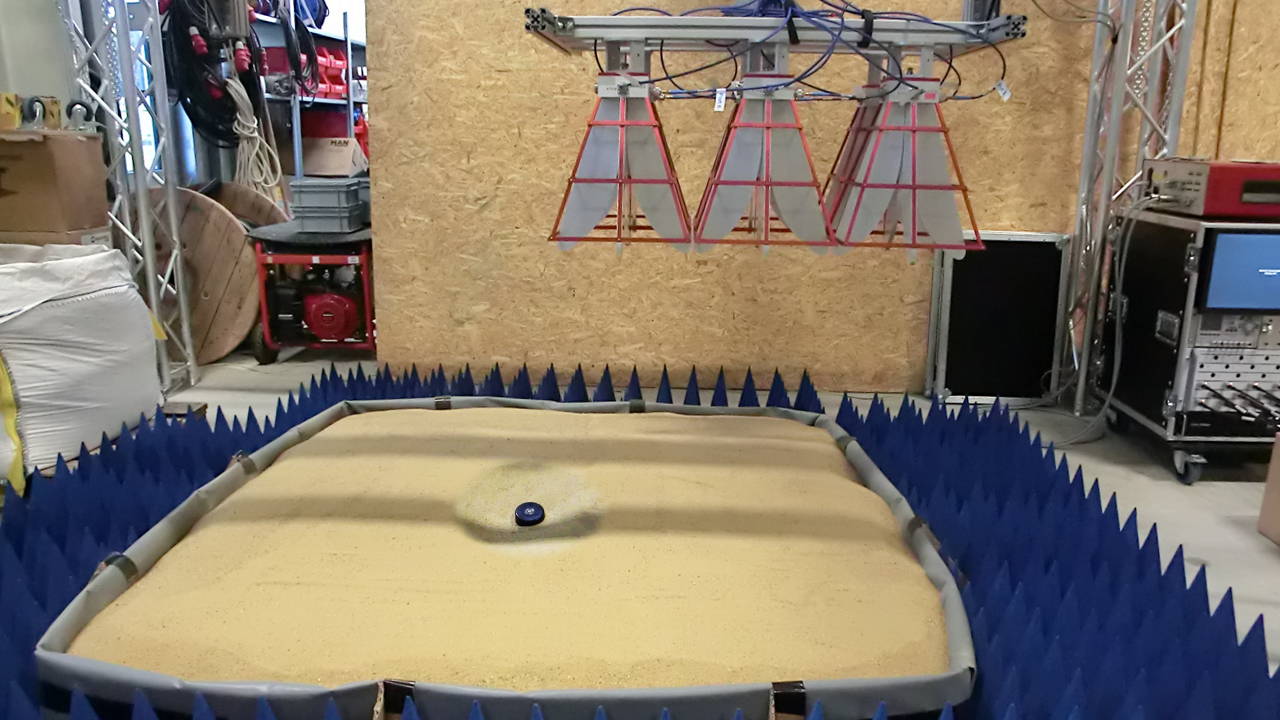Radar technology detects mines in the ground


The threat of landmines in the ground is increasing in the face of wars and conflicts worldwide. In efforts to clear areas of landmines, the detection of mines in the ground poses a significant challenge. A considerable portion of objects in the ground includes empty oil canisters, broken shopping carts, or simply an old soda can. Additionally, there are cases where improvised explosive devices are accompanied by the scattering of debris to make detection more difficult for the enemy. This is where the work of researchers, led by Dr. Christian Bräu, group leader of UWB radar at the Fraunhofer Institute for High-Frequency Physics and Radar Techniques FHR in Wachtberg, becomes crucial.
The Fraunhofer FHR team is leveraging cutting-edge technology and relies on ultrawideband radar. Radar is capable of detecting non-metallic objects, as landmines or explosive devices, such as fertilizer-filled canisters, are often made of plastic. The ground-penetrating radar sensor currently being developed at FHR operates in a frequency range between 400 MHz and 6 GHz. The low frequencies enable electromagnetic waves to penetrate deep into the ground, while the high bandwidth enhances the resolution and level of detail of the surveyed objects.
Bräu and his team are achieving further advancements through an innovative combination of polarimetric and multistatic antennas. In multistatic antenna arrays, one antenna transmits the signal, and up to six antennas receive the reflected signals from the ground. The different angles at which the reflected waves arrive create an accurate image of the objects hidden in the ground. The polarimetric antenna technology adds more precision. Bräu explains the approach: "We exploit the phenomenon that objects reflecting radar waves also alter their polarization, the plane in which the electromagnetic wave oscillates. The changed polarization data provide us with additional information about the geometry and dimensions of the respective object."
The experimental sensor currently being developed at Fraunhofer FHR combines polarimetric and multistatic signal processing. "With this, we hope to achieve improved detection of buried threats even in challenging environments, ultimately aiming to save lives," concludes Bräu.